PPT-Anatomy & Physiology of the Auditory System:
Author : sherrill-nordquist | Published Date : 2018-10-30
Overview Capabilities of the Auditory System What does the auditory system do and how well does it do it Hearing Sensitivity The faintest sound that can be detected
Presentation Embed Code
Download Presentation
Download Presentation The PPT/PDF document "Anatomy & Physiology of the Auditory..." is the property of its rightful owner. Permission is granted to download and print the materials on this website for personal, non-commercial use only, and to display it on your personal computer provided you do not modify the materials and that you retain all copyright notices contained in the materials. By downloading content from our website, you accept the terms of this agreement.
Anatomy & Physiology of the Auditory System:: Transcript
Download Rules Of Document
"Anatomy & Physiology of the Auditory System:"The content belongs to its owner. You may download and print it for personal use, without modification, and keep all copyright notices. By downloading, you agree to these terms.
Related Documents

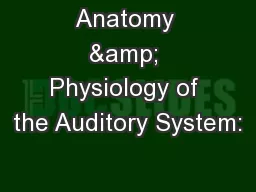
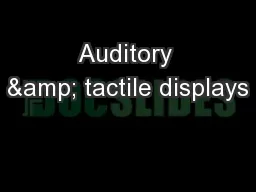

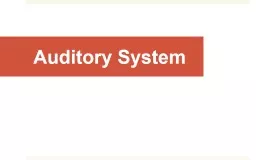
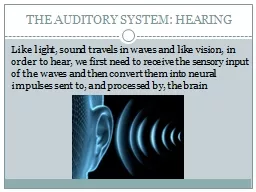

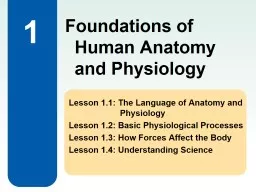
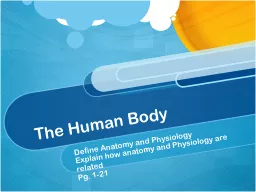
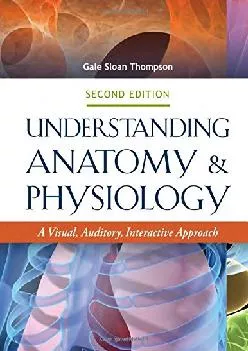
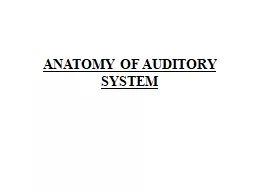
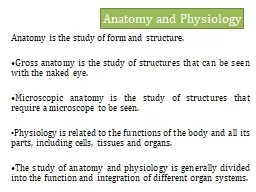
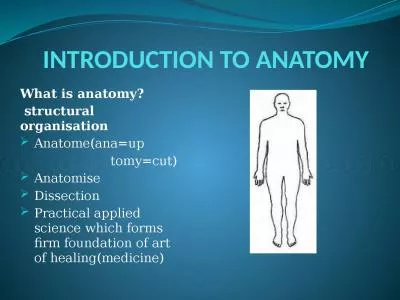
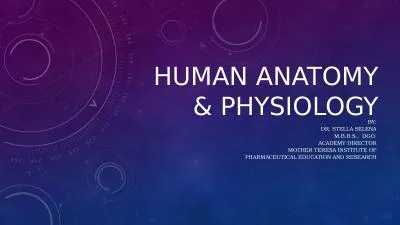
![[DOWNLOAD] Human Anatomy Coloring Book: Bones. Medical Notes | Detailed illustrations](https://thumbs.docslides.com/1006987/download-human-anatomy-coloring-book-bones-medical-notes-detailed-illustrations-learn-the-skeletal-system-anatomy-and-physiology-coloring-workbook-with-nurses-doctor-and-all-lovers-of-anatomy.jpg)